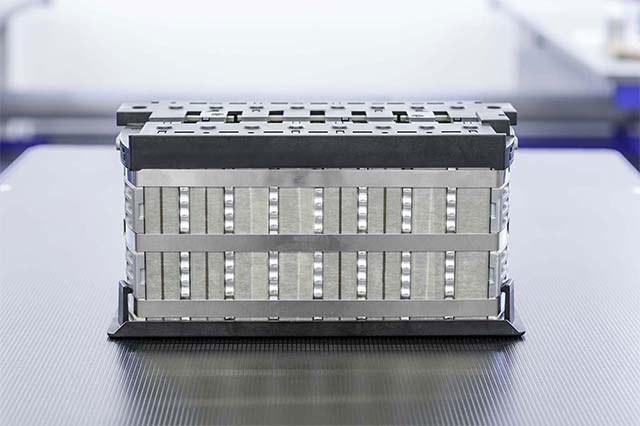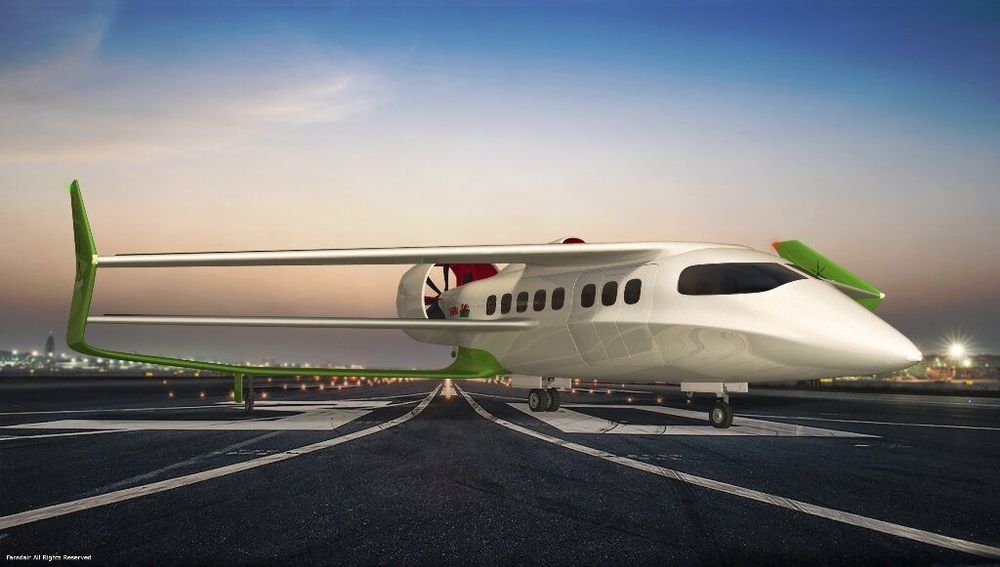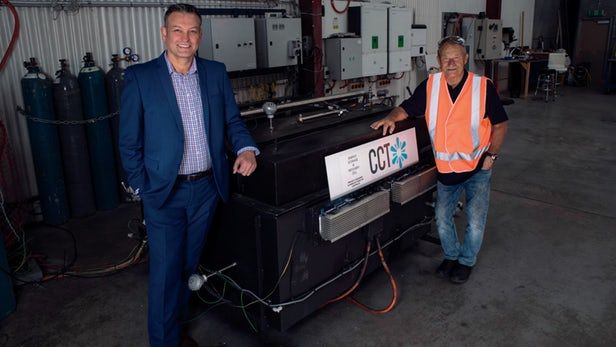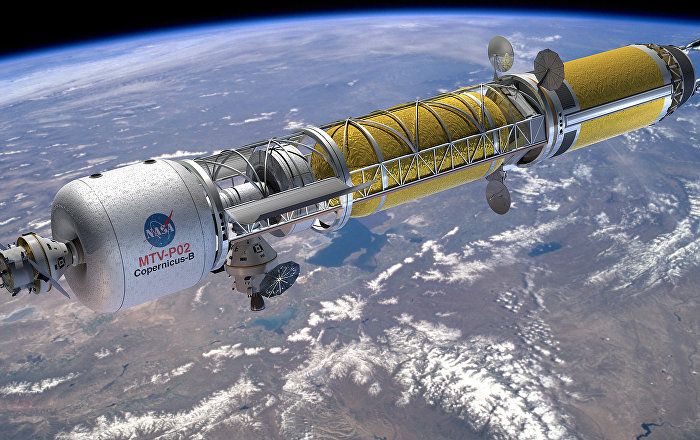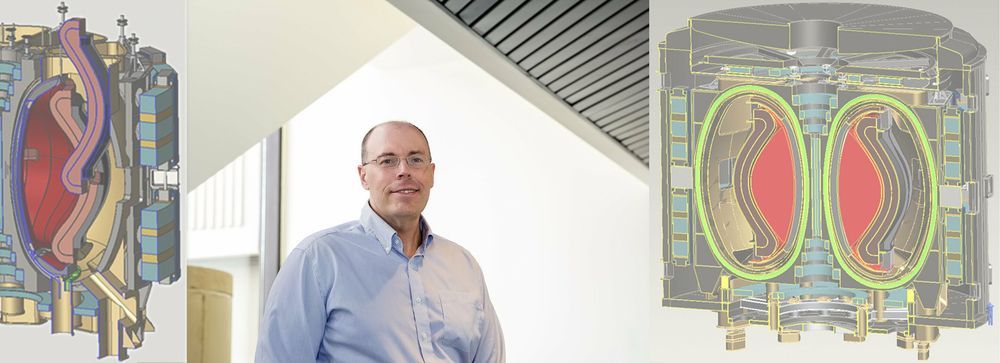Archive for the ‘energy’ category: Page 286
Apr 5, 2019
Innolith Energy Battery could power an EV for 1000 km on a single charge
Posted by Quinn Sena in categories: energy, transportation
Switzerland-based energy tech startup Innolith AG announces that it is developing world’s first 1000 Wh/kg rechargeable battery.
Under development in the company’s German laboratory, the new Innolith Energy Battery would be capable of powering an electric vehicle for over 1000 km (over 620 miles) on a single charge. The Innolith Energy Battery would also radically reduce costs due to the avoidance of exotic and expensive materials combined with the very high energy density of the system.
In addition to its range and cost advantages, the Innolith Energy Battery will be the first non-flammable lithium-based battery for use in EVs. The Innolith battery uses a non-flammable inorganic electrolyte, unlike conventional EV batteries that use a flammable organic electrolyte. The switch to non-flammable batteries removes the primary cause of battery fires that have beset the manufacturers of EVs.
Continue reading “Innolith Energy Battery could power an EV for 1000 km on a single charge” »
Apr 3, 2019
Europe Is Stockpiling Wind Energy
Posted by Quinn Sena in categories: energy, transportation
Apr 1, 2019
British startup looking to build 18-seat bioelectric hybrid airplane
Posted by Quinn Sena in categories: energy, transportation
British startup Faradair Aerospace has unveiled plans to build and sell an 18-seat bioelectric hybrid airplane for use as both a passenger and cargo air transport. The company is calling its plane the Bio Electric Hybrid Aircraft (BEHA). The current model is the M1H, and the plans include a triple box wing configuration to give it exceptional lift.
The M1H will have an electric motor for use during takeoff and landing, providing a much quieter experience than jets with a traditional engine. Engineers at Faradair claim the plane will produce just 60 dba when taking off, compared to the average of 140 dba for conventional jet aircraft. It will also have a 1,600hp turboprop engine in the rear of the plane for use during flight and for recharging the batteries that power the plane when landing and taking off.
Representatives for Faradiar also claim the plane will be able to land and take off from shorter runways than conventional jet aircraft, needing just 300 meters of space—this feat will be possible due to the “vectored thrust” provided by the two contra-rotating propfans, its triple box wing design and a light body made of carbon composites. Once in the air, the plane will be capable of flying at speeds of 230 mph.
Continue reading “British startup looking to build 18-seat bioelectric hybrid airplane” »
Apr 1, 2019
“World’s first working thermal battery” promises cheap, eco-friendly, grid-scalable energy storage
Posted by Quinn Sena in category: energy
South Australia has recently put the world’s biggest lithium battery into operation – but perhaps it should’ve waited. A local startup says it’s built the world’s first working thermal battery, a device with a lifetime of at least 20 years that can store six times more energy than lithium-ion batteries per volume, for 60–80 percent of the price.
Apr 1, 2019
How to ice-proof the next generation of aircraft
Posted by Genevieve Klien in categories: energy, transportation
35,000 feet is standard cruising altitude for a commercial jet airplane, but at those lofty heights the air temperature plummets below −51 degrees Celsius and ice can easily form on wings. To prevent ice formation and subsequent drag on the aircraft, current systems utilize the heat generated by burning fuel. But these high-temperature, fuel-dependent systems cannot be used on the proposed all-electric, temperature-sensitive materials of next-generation aircraft.
Mar 27, 2019
Pentagon to Assemble Nuclear Rocket in Orbit by 2020
Posted by Klaus Baldauf in categories: energy, military
According to the report, the Defence Advanced Research Projects Agency (DARPA) has requested at least $10 million for its Reactor on a Rocket (ROAR) programme.
The Defence Advanced Research Projects Agency intends to assemble a nuclear thermal propulsion (NTP) system in orbit, Aviation Week reported, citing the Pentagon’s 2020 budget.
“The program will initially develop the use of additive manufacturing approaches to print NTP fuel elements… In addition, the program will investigate on-orbit assembly techniques (AM) to safely assemble the individual core element subassemblies into a full demonstration system configuration, and will perform a technology demonstration”, the budget document says.
Continue reading “Pentagon to Assemble Nuclear Rocket in Orbit by 2020” »
Mar 25, 2019
New Research Boosts Potential of Compact Fusion Power
Posted by Chris Parbey Jnr in categories: energy, sustainability
Aside from harvesting solar, wind, and hydrogen energy to produce electricity, many energy experts believe that developing compact fusion facilities can give humankind a stable and sustainable source of power that can last forever.
Jon Menard, a physicist from the U.S. Department of Energy’s Princeton Plasma Physics Laboratory (PPPL), has reportedly examined the possibility of expediting the development of compact fusion facilities to generate safe, clean, and limitless energy.
In his study, Menard looked into the concept of creating a compact tokamak powered by high-temperature superconducting magnets.
Continue reading “New Research Boosts Potential of Compact Fusion Power” »
Mar 23, 2019
NASA publishes images of the meteor no one saw
Posted by Michael Lance in categories: energy, military, space
NASA on Friday published satellite photos of a powerful meteor which appeared just above the Bering Sea on December 18 but went unnoticed until months later.
The explosion unleashed around 173 kilotons of energy, more than 10 times that of the atomic bomb blast over Hiroshima in World War II.
Mar 20, 2019
Speeding the development of fusion power to create unlimited energy on Earth
Posted by Quinn Sena in categories: energy, space
Can tokamak fusion facilities, the most widely used devices for harvesting on Earth the fusion reactions that power the sun and stars, be developed more quickly to produce safe, clean, and virtually limitless energy for generating electricity? Physicist Jon Menard of the U.S. Department of Energy’s (DOE) Princeton Plasma Physics Laboratory (PPPL) has examined that question in a detailed look at the concept of a compact tokamak equipped with high temperature superconducting (HTS) magnets. Such magnets can produce higher magnetic fields—necessary to produce and sustain fusion reactions—than would otherwise be possible in a compact facility.
Menard first presented the paper, now published in Philosophical Transactions of the Royal Society A, to a Royal Society workshop in London that explored accelerating the development of tokamak-produced fusion power with compact tokamaks. “This is the first paper that quantitatively documents how the new superconductors can interplay with the high pressure that compact tokamaks produce to influence how tokamaks are optimized in the future,” Menard said. “What we tried to develop were some simple models that capture important aspects of an integrated design.”

